CSES Focus Area Leaders Bios
Contact
- Director
- Lisa Danielson
- (505) 667-1703
- Professional Staff Assistant
- Sarah Balkey
- (505) 667-8777
Ingo Tews - Astrophysics and Cosmology
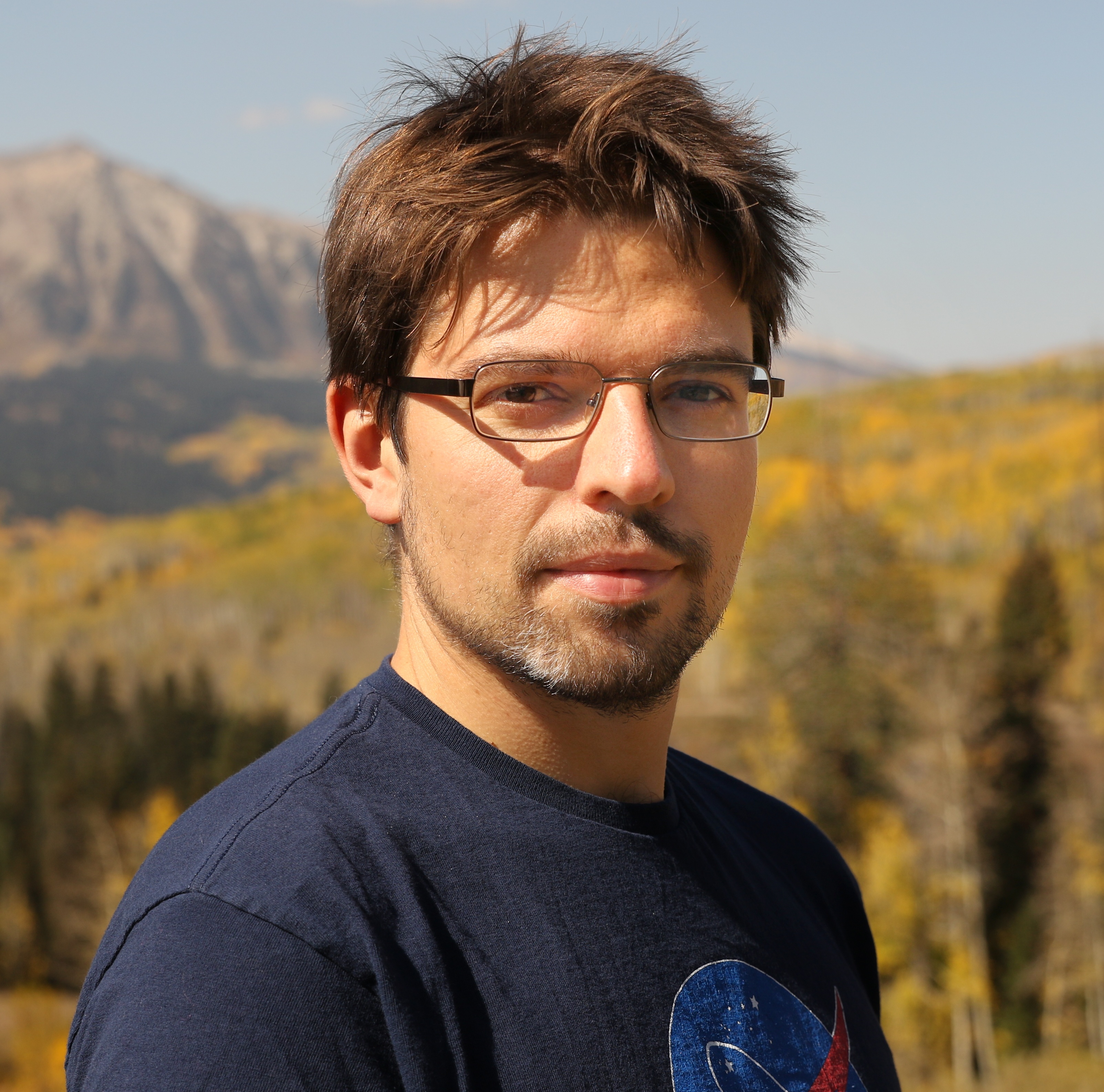
Ingo Tews is a nuclear theorist who tries to understand the properties of various nuclear systems, ranging from atomic nuclei all the way to the dense matter in the core of neutron stars. He received his Ph.D. degree in Physics at the Technical University in Darmstadt, Germany, in 2015, and became a Staff Scientist in the Nuclear Physics, Astrophysics and Cosmology group (T-2) at LANL in 2019. His doctoral thesis was awarded the Dissertation Award of the German Physical Society as well as the Ph.D. prize of the GSI Helmhotz Centre for Heavy Ion Research. His main research interests include nuclear interactions from chiral effective field theory, nuclear many-body forces, uncertainty quantification, quantum many-body methods, and their applications to compute properties of atomic nuclei and dense matter. He is an expert for the equation of state of neutron-star matter and its inference from multi-messenger observations of neutron stars and their mergers, and has published over 40 articles in prestigious journals, including Science and Nature.
Sanna Sevanto - Earth Systems

Sanna Sevanto is a physicist-turned-plant physiologist with broad expertise in transport phenomena in complex natural systems. She has a master’s degree in Material Science and a PhD in Applied Physics from the University of Helsinki, Finland. Her interests in biomechanics and the environment have led her to apply the knowledge of physics to studying plant physiology and plant responses to environmental stress. Before beginning her career at LANL in 2009, she spent three years studying plants at Harvard University and teaching atmospheric thermodynamics and fluid mechanics at the University of Helsinki. Her research has focused on measurements and modeling of plant-atmosphere interactions, ecosystem energy, water and carbon cycles, plant hydraulics, plant responses to stress, as well as mechanistic understanding of plant structure and function. She has over 70 peer-reviewed publications and has collaborated with researchers from various disciplines ranging from applied and theoretical physics and global-scale vegetation modeling, to cellular and ecosystem-scale biology, ecology, meteorology, atmospheric sciences and material sciences, applying techniques from these fields for understanding plant function and vegetation influence on climate. These techniques include neutron radiography of water flow in plants and plant-root systems, soft-tissue x-ray tomography for studying plant anatomy, ultra-low field NMR for measuring plant drought responses, and linear displacement transducers for measuring pressure changes in plant tissues.
Gian Luca Delzanno - Heliophysics
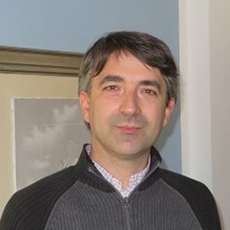
Gian Luca Delzanno is a Staff Member with the T-5 Applied Mathematics and Plasma Physics Group, Los Alamos National Laboratory, since 2007. His main research activities are theoretical and computational studies of plasma and space physics problems. His research interests include the development of novel numerical methods for multiscale plasma-physics modeling, spacecraft-plasma interaction, radiation belt physics and radiation belt remediation, and the development of new space mission concepts. Some of his research highlights include the 2017 R&D100 award for the SHIELDS framework for space weather modeling, the development of a new spacecraft charging mitigation scheme to enable the operation of high-power electron beams for space applications (which led to the ongoing NASA B-SPICE rocket experiment where Delzanno is the science PI) and the development of the IMPPACT mission concept to study the low-energy populations of the Earth's magnetosphere. Dr. Delzanno was a Post-Doctoral Associate at the Politecnico di Torino from 2003 to 2004, and a Post-Doctoral Associate with the T-15 Plasma Theory Group at the Los Alamos National Laboratory from 2005 to 2006. He received the M.Sc. degree in Nuclear Engineering and the Ph.D. degree in Plasma Physics from Politecnico di Torino, Torino, Italy, in 1999 and 2003, respectively.
Dr. Lisa Danielson - Director
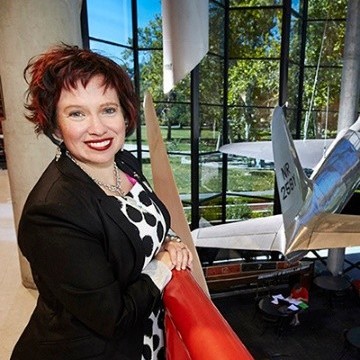
Lisa Danielson has a broad scientific background spanning astrophysics, meteoritics, granitoid petrology, geochemistry, and experimental petrology, laying the foundation for understanding and exploring the solar system. Her professional career started in Houston with a fellowship at NASA Johnson Space Center, where she collaborated in building the high pressure experimental petrology lab that she would later manage, while continuing and expanding research in terrestrial planetary interiors. She's spent the last 10 years working at NASA for Jacobs on the JSC Engineering, Technology, and Science (JETS) contract, growing a career and research program in Sample Science through rapid expansion of facility capabilities and addition of expert personnel.
As Manager of Basic and Applied Research for the JETS contract at NASA JSC, she was appointed a Jacobs Ambassador and is a recent graduate of the Jacobs Leadership Development Program. During this year-long intensive, she took the opportunity to improve her business acumen related to contract opportunities, management and implementation, completing a sabbatical with Business Development and Sales.
Finding a gap in available student and early career leadership and learning opportunities at JSC, she started a Career Development Seminar Series and founded a grassroots women’s career and outreach organization called Supporting Women at NASA (SWAN). She’s engaged with university partnerships through implementing formal contract mechanisms, as well as service, activities key for successful recruitment for internships and new positions. In 2017 she was honored with the UNLV Graduate College Alumna of the Year award, in recognition of leaders who have a positive impact in the world.
Dr. Jeanne Fair - Biological Systems
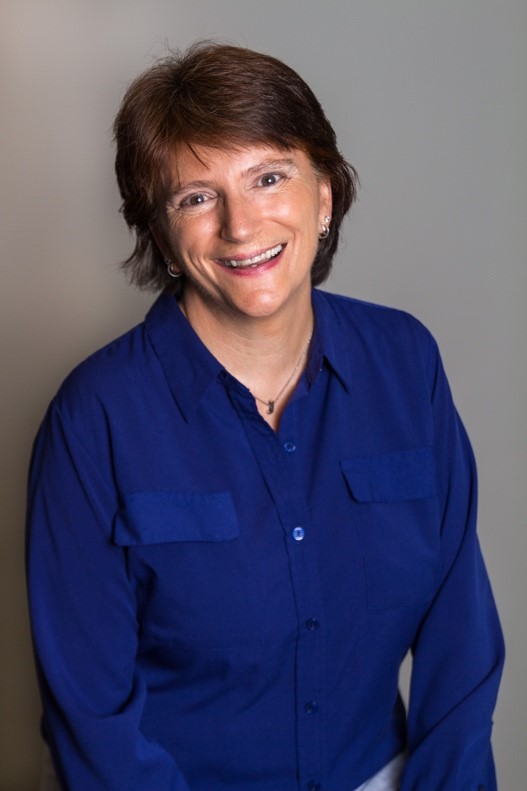 Jeanne Fair is a scientist in Biosecurity and Public Health Group with a focus in epidemiology and animal disease ecology.In 2009, Fair was a lead analyst for the Department of Homeland Security's modeling of the H1N1 influenza pandemic our Nation's Critical Infrastructure. From 2013-2016 she was on assignment as a Science Program Manager with the Defense Threat Reduction Agency's Biological Threat Reduction Program working with Central Asia and the Middle East.
Jeanne Fair is a scientist in Biosecurity and Public Health Group with a focus in epidemiology and animal disease ecology.In 2009, Fair was a lead analyst for the Department of Homeland Security's modeling of the H1N1 influenza pandemic our Nation's Critical Infrastructure. From 2013-2016 she was on assignment as a Science Program Manager with the Defense Threat Reduction Agency's Biological Threat Reduction Program working with Central Asia and the Middle East.
Dr. Fair's research interest is to support biosurveillance and zoonotic infectious disease detection capabilities in wildlife, animals, and humans. This includes the impacts of environmental stress and change on infectious diseases and vector range movement. In 2011, she was the Editor-in-Chief of the Guidelines for the Use of Wild Birds in Research for the United States and served for 10 years as Chair of the Los Alamos Institutional Animal and Use Committee (IACUC). She has experience in the development of wild and domestic bird immunological techniques for investigating immunocompetence and ecological physiology in birds. She also extensive experience in modeling and the simulation of emerging and zoonotic diseases in animal and human populations and is currently leading the team for modeling the COVID-19 pandemic. Dr. Fair is also dedicated to cooperative biological engagement for strengthening capabilities for biosurveillance around the world. This includes building research collaborative networks and learning and sharing how to foster strong scientific collaborations and research partnerships.
Dr. Ann Ollila - Planetary Science
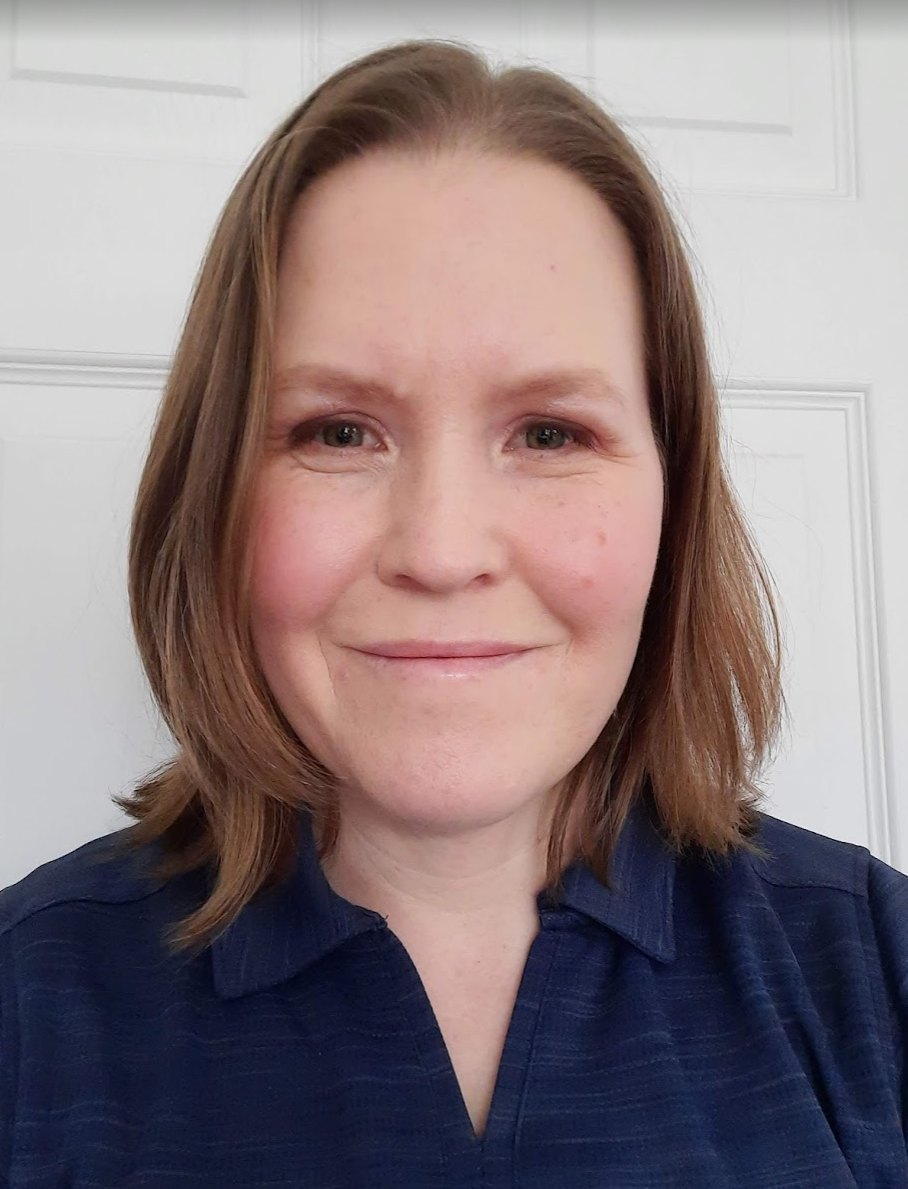 Dr. Ann Ollila is a planetary scientist with expertise in trace element geochemistry and mission operations. In her work, she uses a variety of spectral techniques including Laser-Induced Breakdown Spectroscopy (LIBS) and Time-Resolved Luminescence Spectroscopy (TLRS). She is a science team member on the NASA Curiosity Mars rover on the ChemCam instrument and NASA Perseverance Mars rover on the SuperCam instrument. She is the Science Operations Manager for the SuperCam U.S. team, and she acts as Payload Uplink and Downlink Leads for both ChemCam and SuperCam operations. Dr. Ollila is founder and Lab Manager of the GeoPEAL (Geology, Planetary Exploration, and Astrobiology Laboratory), which is a research laboratory at Los Alamos dedicated to the study of geochemistry and astrobiology, as well as instrument development. Currently, she is working to develop new instrumentation to explore the lunar surface on robotic platforms in preparation for the return of humans to the Moon. She began her career at Los Alamos as a Director’s Postdoctoral Fellow in 2016 after several years in industry and has over 20 peer-reviewed publications.
Dr. Ann Ollila is a planetary scientist with expertise in trace element geochemistry and mission operations. In her work, she uses a variety of spectral techniques including Laser-Induced Breakdown Spectroscopy (LIBS) and Time-Resolved Luminescence Spectroscopy (TLRS). She is a science team member on the NASA Curiosity Mars rover on the ChemCam instrument and NASA Perseverance Mars rover on the SuperCam instrument. She is the Science Operations Manager for the SuperCam U.S. team, and she acts as Payload Uplink and Downlink Leads for both ChemCam and SuperCam operations. Dr. Ollila is founder and Lab Manager of the GeoPEAL (Geology, Planetary Exploration, and Astrobiology Laboratory), which is a research laboratory at Los Alamos dedicated to the study of geochemistry and astrobiology, as well as instrument development. Currently, she is working to develop new instrumentation to explore the lunar surface on robotic platforms in preparation for the return of humans to the Moon. She began her career at Los Alamos as a Director’s Postdoctoral Fellow in 2016 after several years in industry and has over 20 peer-reviewed publications.
Peter Bloser - Focus Area Pipelining Initiative for Space Applied Technology and Science (PI-SATS)
 Dr. Peter Bloser has over 20 years of experience in experimental high-energy astrophysics and solar physics, with an emphasis on the detection and analysis of medium-energy gamma rays and neutrons. He received his Ph.D. in Astronomy from Harvard University in 2000 working on a balloon-borne hard X-ray telescope. He moved into experimental gamma-ray imaging and polarimetry during postdoc appointments at the Max Planck Institute for Extraterrestrial Physics in Germany and at NASA’s Goddard Space Flight Center. From 2004 – 2018 he worked in the Space Science Center at the University of New Hampshire, including as a member of the Research Faculty after 2009. While in New Hampshire he was the PI of two projects aimed at developing advanced scintillators and Silicon Photomultipliers (SiPMs) into sensitive imaging instruments: the Advanced Scintillator Compton Telescope (ASCOT) project, which successfully flew a Compton telescope for gamma rays on a NASA balloon flight in 2018; and the Field-deployable Imaging Neutron Detector (FIND) project, developing a portable neutron camera for the Defense Threat Reduction Agency (DTRA).
Dr. Peter Bloser has over 20 years of experience in experimental high-energy astrophysics and solar physics, with an emphasis on the detection and analysis of medium-energy gamma rays and neutrons. He received his Ph.D. in Astronomy from Harvard University in 2000 working on a balloon-borne hard X-ray telescope. He moved into experimental gamma-ray imaging and polarimetry during postdoc appointments at the Max Planck Institute for Extraterrestrial Physics in Germany and at NASA’s Goddard Space Flight Center. From 2004 – 2018 he worked in the Space Science Center at the University of New Hampshire, including as a member of the Research Faculty after 2009. While in New Hampshire he was the PI of two projects aimed at developing advanced scintillators and Silicon Photomultipliers (SiPMs) into sensitive imaging instruments: the Advanced Scintillator Compton Telescope (ASCOT) project, which successfully flew a Compton telescope for gamma rays on a NASA balloon flight in 2018; and the Field-deployable Imaging Neutron Detector (FIND) project, developing a portable neutron camera for the Defense Threat Reduction Agency (DTRA).
Dr. Bloser joined the Space Science and Applications Group (ISR-1) at Los Alamos National Laboratory in 2018, where he works on gamma-ray sensing for both scientific and national security applications. He is currently the PI of the Mini Astrophysical MeV Background Observatory (MAMBO) CubeSat mission for gamma-ray astronomy and the Delayed Gamma-ray (DG) instrument for the SABRS-Prime payload for Space-based Nuclear Detonation Detection (SNDD). He is also overseeing efforts to evaluate the use of diamond detectors for gamma-ray and fast neutron detection, and is a Co-I on the LargE Area burst Polarimeter (LEAP) NASA Explorer Mission concept to measure the polarization of prompt emission from gamma-ray bursts.
Turin Dickman - Earth Systems (Early Career)
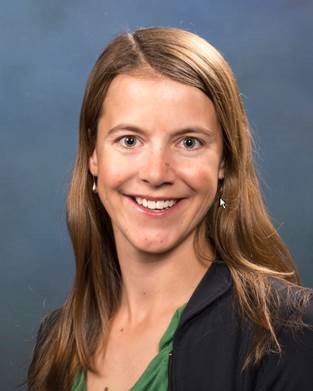 Turin Dickman is a Staff Scientist at Los Alamos National Laboratory (LANL) with 10+ years of experience studying vegetation stress responses in LANL’s Atmosphere, Climate, and Ecosystem Science (ACES) team. She holds a M.S. degree in Biology from the University of New Mexico (2013) and a B.S. degree in Biology from Lewis & Clark College (2009). She is a plant ecophysiologist interested in leveraging interactions between plants and the environment to address emerging national and global security challenges.
Turin Dickman is a Staff Scientist at Los Alamos National Laboratory (LANL) with 10+ years of experience studying vegetation stress responses in LANL’s Atmosphere, Climate, and Ecosystem Science (ACES) team. She holds a M.S. degree in Biology from the University of New Mexico (2013) and a B.S. degree in Biology from Lewis & Clark College (2009). She is a plant ecophysiologist interested in leveraging interactions between plants and the environment to address emerging national and global security challenges.




